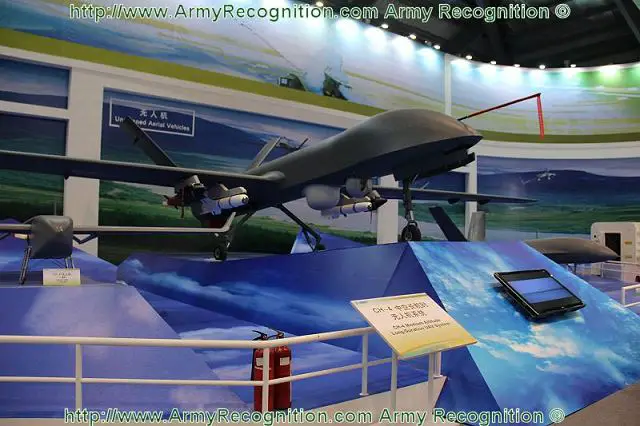China Provides Key to Pakistani Bandwidth Requirements
Mar. 27, 2013 - 08:19AM | By USMAN ANSARI
ISLAMABAD — Pakistan continues to transform its military into a network-enabled force but will remain reliant on China to provide the bandwidth.
According to the military, its improved communication and surveillance capabilities, through employment of intelligence, surveillance and reconnaissance assets such as UAVs, aerial imaging and early warning platforms, were first resolutely tested in the Azm-e-Nau/New Resolve exercise in 2010.
However, according to Brian Cloughley, former Australian defense attaché to Islamabad, full communication and networking capabilities have not yet trickled down to front-line units, although at higher levels, this could be a different picture.
“Communications in the Army seem to me to be pretty basic, but of course all I’ve actually seen are the command posts and so forth in Mohmand and Swat; the higher-level arrangements, as in all armies, are strictly out of bounds to any but those with highest clearance.”
Pakistan may already be sharing bandwidth on Chinese satellites, he said. Despite the size of the Pakistani military and its recent modernization efforts, some analysts do not believe Pakistan requires a dedicated military communications satellite, and that an arrangement with China should be sufficient for its needs.
Elizabeth Quintana, senior research fellow in air power and technology at the Royal United Services Institute think tank, said this is not unusual.
“Many countries buy bandwidth from allied nations or commercial suppliers. The U.S. military is 80 percent reliant on commercial SATCOM, for example, and that is not likely to change,” she said. However, she said it is not impossible that Pakistan would consider developing its own indigenous satellite communications assets.
“Having an indigenous SATCOM capability is largely a political decision [for national prestige, etc.] and, in some ways, may be a military decision if they believe they need an independent SATCOM capability and/or one that they could also offer to allies in return for access to other assets, such as Beidou [the Chinese GPS equivalent],” Quintana said.
Pakistan’s satellite capabilities are at a very early stage, however, so no such decision is expected soon.
While relying on Chinese satellite assets would seem highly advantageous, Quintana highlights some drawbacks.
“Using Chinese SATCOM would definitely hinder the Pakistanis from obtaining U.S. equipment that requires the use of SATCOM — MALE [medium-altitude, long-endurance] UAVs, such as Predator, for example,” she said.
Such an arrangement would give Beijing considerable influence over its South Asian ally.
“This is the problem for any small nation wishing to take advantage of investments that larger, more powerful allies have already made,” Quintana said.
Benefits Pakistan could derive from sharing bandwidth on a Chinese satellite, Quintana said, include access to a dedicated asset it may not be able to acquire for itself and access to China’s Beidou satellites. And in times of conflict, an enemy might refrain from attacking these assets for fear of drawing China into the fight.
“Additionally, if Pakistani systems utilize multiple [positioning, navigating and targeting] systems Beidou/GPS/Glonass/Galileo, it enhances resilience in the event of service failure or jamming,” Quintana said.
Having access to Chinese satellites would give Pakistan a signals relay capability, the lack of which has hindered the operation of MALE and high-altitude, long-endurance (HALE) UAVs.
The data-link range of Pakistan’s tactical UAVs is stated as 200 to 250 kilometers.
Raja Sabri Khan, chief executive of Integrated Dynamics, a high-profile Pakistan UAV developer, said designing new types with the “performances to allow utilization of satellite communication links to their fullest potential” could become reality with a SATCOM capability.
All of the technological building blocks and technologies to develop MALE UAVs are in place, he said.
For more local use of MALE UAVs, he said, “simpler systems, such as repeaters [used commonly to boost cellular signals for increased coverage and range], can fill in as alternatives for thousands of kilometers of range if you plan to fly over your own territory”.
A SATCOM capability is a necessity for maritime patrol, an area where the Navy has started to operate tactical UAVs, and for the operation of HALE-type UAVs, Khan said.

 right?
right? right?
right?








